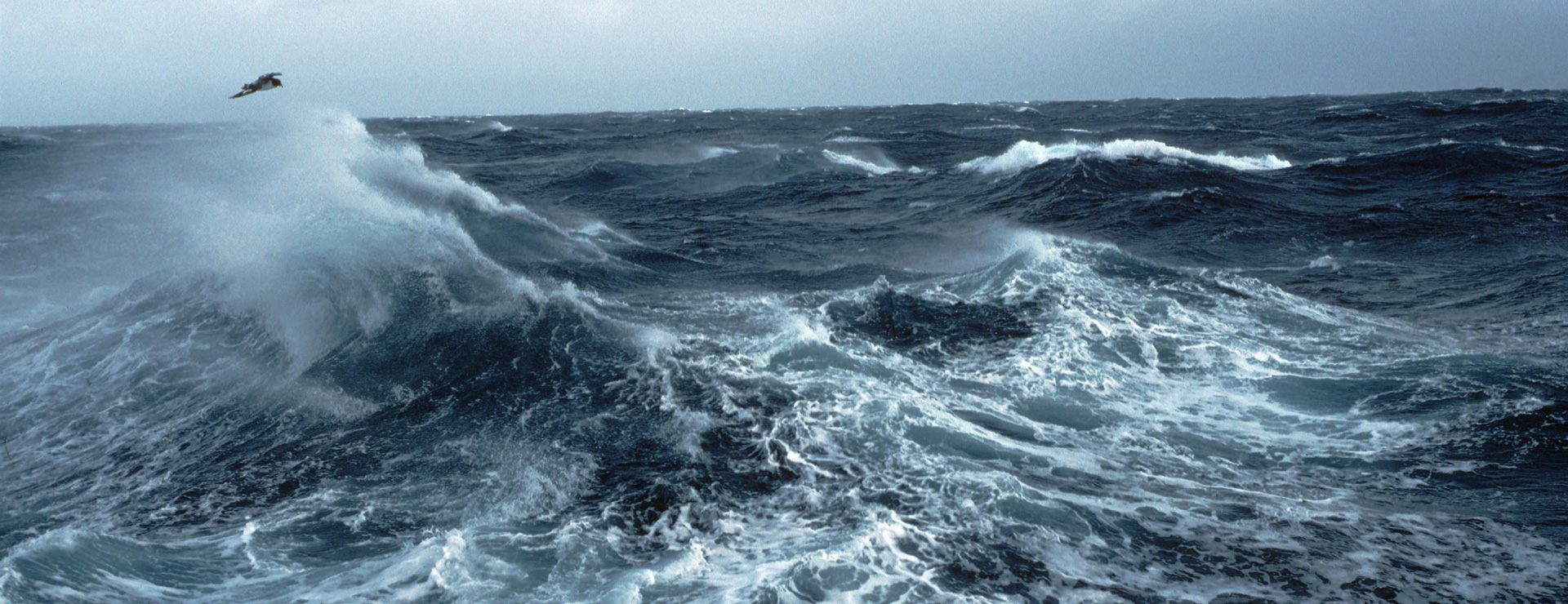
Environmental survey work includes, but is not limited to, assessing potential impacts (instant and cumulative) and proposing mitigation measures relating to:
Marine geology, water quality, sediment quality, archaeology, and cultural heritage;
Marine life - benthos studies on the ecosystems and species living on the seabed and the sediment;
Marine life research (birds, bats, cetaceans, seals, fish, turtles, etc);
Potential disturbance/displacement and habitat loss, as well as injury to marine life due to pile driving work;
Noise and vibration impacts on marine life and birds;
Commercial and recreational users (e.g. fishing, shipping, aviation, oil and gas, tourism, etc);
Other - visual impacts, navigational risk, socio-economic impacts (impacts on tourism, jobs, etc), studies on nature conservation, protected areas, and species, etc.
Requiring specialist knowledge and experience, there are various methods for conducting environmental research accurately. This includes the use, for example, of collision and navigational risk assessment tools and/or hydrodynamical modelling.
In the Netherlands, government agency ‘Rijkswaterstaat’ oversees the research companies and specialists conducting the surveys. In other countries, EIAs are often also mandatory, conducted by developers themselves, and can affect whether or not a project is granted planning permission.
The Dutch Approach
Environmental Impact Assessments are just one element to minimising the impact of offshore wind farms on the environment. A new wave of innovative technologies is also being developed and deployed, especially for the construction phase of an offshore wind farm. These revolve around noise mitigation and limiting damage to the seabed and marine ecology generally.
The Netherlands has some of the most stringent environmental regulations for offshore wind farm construction in the world. Therefore, Dutch companies and knowledge institutes have been at the forefront of developing, testing, and implementing noise mitigation technologies and new methods of construction with noise mitigation built in. There are some new and exciting developments on the horizon too.
How can we help?
Get in touch with us! Are you interested to learn more about the Dutch Approach? Feel free to contact us and we are happy to tell you more!
